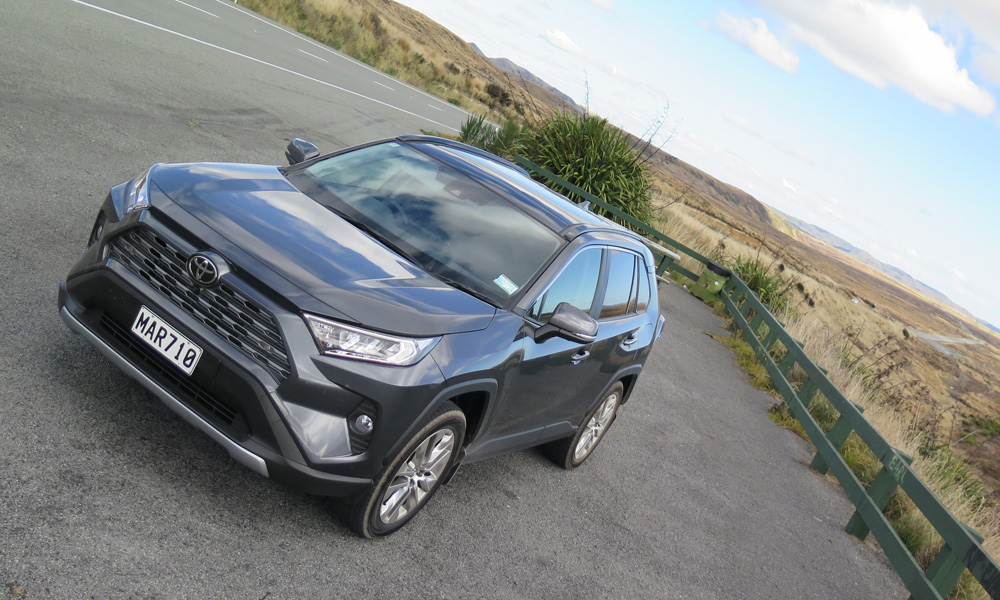| Models |
Toyota RAV4 2.0 petrol GX, GXL, Limited; 2.5 petrol GXL, Adventure; 2.5 hybrid GX, GXL, Limited |
| Engine |
1986cc in-line four petrol, 2487cc in-line four petrol, 2487cc in-line four petrol with petrol-electric hybrid system |
| Price |
$34,990 (2.0 GX), $37,990 (2.0. GXL), $44,990 (2.0 Ltd), $41,990 (2.5 GXL), $48,990 (2.5 Adventure), $38,990 (hybrid GX), $42,490 (hybrid GXL), $47,990 (hybrid Ltd) |
| ANCAP safety rating |
Not yet tested (previous model was 5-star) |
| Power and Torque |
127kW at 6600rpm and 203Nm at 4400 to 4900rpm (2.0), 152kW at 6600rpm and 243Nm at 4000 to 5000 rpm (2.5), 131kW at 5700rpm and 221Nm at 3600 to 5200rpm (hybrid) |
| Transmission |
Direct shift CVT (2.0), eight-speed auto (2.5), electronically controlled ECVT (2.5 hybrid) |
| Fuel economy |
6.0l/100km (2.0), 6,7l/100km (2.5 petrol), 4.8l/100km (2.5 hybrid) |
| Towing capacity |
800kg braked (2.0), 1500kg braked (2.5 petrol and hybrid) |
| 2WD/4WD/AWD |
2WD (2.0), AWD (2.5 and hybrid) |
| Seating capacity |
5 |
| Luggage capacity/payload |
542 litres, all seats in use |






